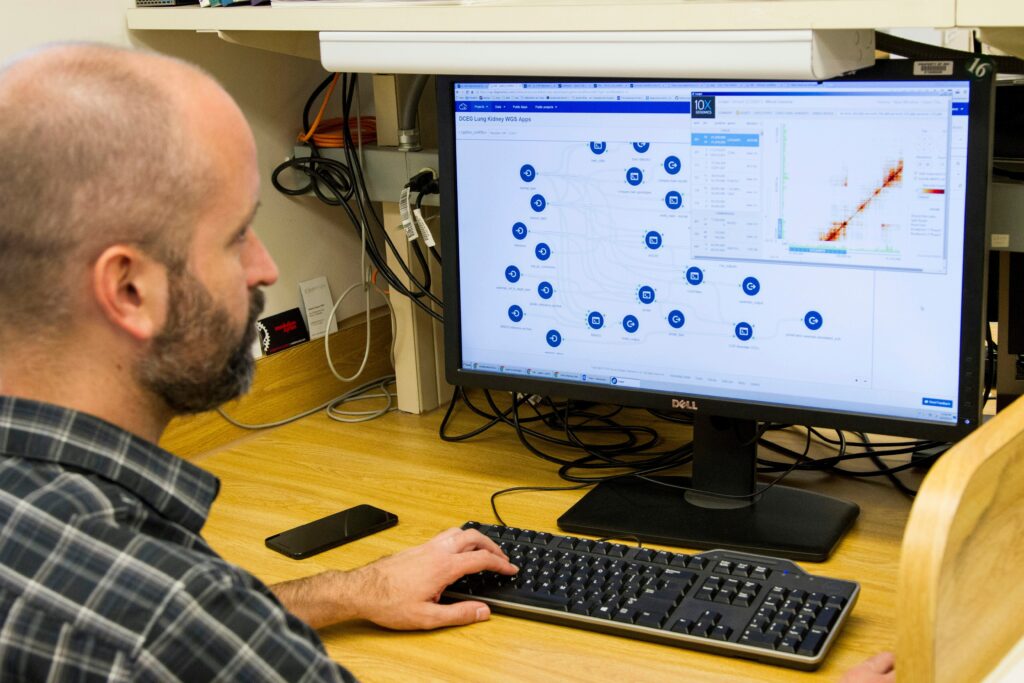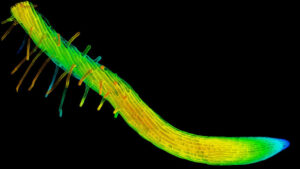
A groundbreaking study sponsored by Mirvie has unveiled significant shortcomings in the current U.S. Preventive Services Task Force (USPSTF) guidelines for assessing preeclampsia risk and prescribing aspirin. This research, the first of its kind to evaluate these guidelines in a nationally representative, prospective population, highlights the limited value of moderate risk factors, leading to nonspecific recommendations for aspirin, a recognized preventive measure.
The cohort study, part of the multi-center Miracle of Life prospective study, analyzed data from 5,684 participants. It found that the guidelines identified nearly 89% of pregnancies as being at increased risk for preeclampsia. Of these, 70.3% were classified in the moderate risk category, based on maternal characteristics such as age, body mass index, and race. Meanwhile, 18.5% were categorized as high risk, including those with chronic hypertension or a history of preeclampsia.
Challenges in Moderate Risk Assessment
The study’s findings suggest that the ambiguity surrounding moderate risk factors may affect clinicians’ decisions regarding daily aspirin recommendations. While 82% of women with a high-risk factor were advised to take daily aspirin, only 37% of those with one or more moderate risk factors received the same recommendation. This discrepancy underscores the need for clearer guidance, as endorsed by the USPSTF, the American College of Obstetricians and Gynecologists (ACOG), and the Society for Maternal-Fetal Medicine (SMFM), which recommend considering aspirin between 12 to 28 weeks’ gestation for pregnancies with moderate risk factors.
“Identifying 9 out of 10 women as at risk is not helping and overburdens care teams and pregnant patients, too,” said Dr. Thomas McElrath, vice president of clinical development at Mirvie and lead author of the study. “Physicians may be reluctant to prescribe aspirin when the majority of their patients fall into the moderate risk category. This is compounded by less than 25% compliance with aspirin use by patients in the moderate risk category.”
Statistical Insights and Implications
Most pregnant women in the study (70.3%) were classified as moderate risk according to the USPSTF guidelines. However, having one or more moderate risk factors without any high-risk factors was not predictive of preeclampsia risk. Among individuals with two or more moderate risk factors but no high-risk factors, nulliparity was associated with a modestly increased risk of preeclampsia (RR, 1.48; 95% CI, 1.35-1.62; P < .001). There was little or no association with obesity (RR, 1.11; 95% CI, 1.01-1.22; P = .048), Black race (RR, 0.95; 95% CI, 0.80-1.14; P = .63), and advanced maternal age (RR, 0.79; 95% CI, 0.65-0.96; P = .02).
“Rates of preeclampsia in the US have doubled in the past 15 years and continue to rise with no end in sight,” said Kara Boeldt, a preeclampsia survivor and Founder and Executive Director of EndPreeclampsia.org. “The introduction of the USPSTF guidelines in 2021 didn’t do anything to reverse course on the rise of preeclampsia. This important and eye-opening study highlights that we need new approaches that can predict who’s truly at risk for preeclampsia, which can be so dangerous for moms and their babies.”
Innovative Approaches and Future Directions
The study’s revelations underscore the urgent need for more precise measures of preeclampsia risk prediction to enhance preventive care. Maneesh Jain, CEO and co-founder of Mirvie, emphasized the potential of new technologies in addressing these gaps. “With innovation like Encompass™, we can now deliver preventive care to the right patients at the right time and impact rates of preterm birth,” Jain stated.
The Miracle of Life study, which examined nearly 11,000 pregnancies across the U.S., represents the largest study of molecular health in pregnancy of its kind. It involved analyzing 22,000 cell-free RNA transcripts per patient, resulting in 200 million data points. This landmark research, conducted in collaboration with leading experts in obstetrics and maternal-fetal medicine, demonstrates how RNA messages in expectant mothers’ blood can predict life-threatening pregnancy complications, including preeclampsia.
As the medical community continues to grapple with rising preeclampsia rates, the insights from this study could pave the way for more personalized and effective risk assessments, ultimately improving outcomes for mothers and their babies.






